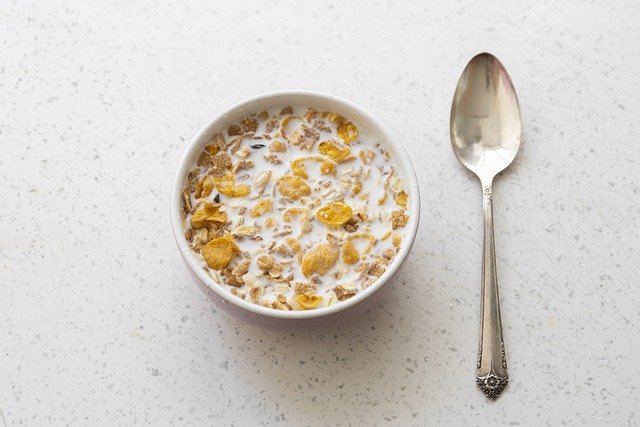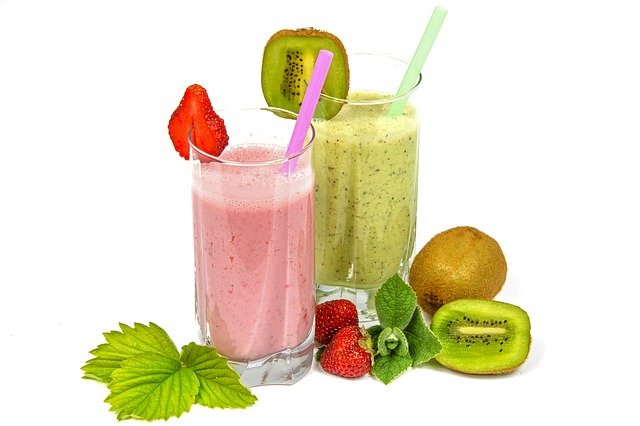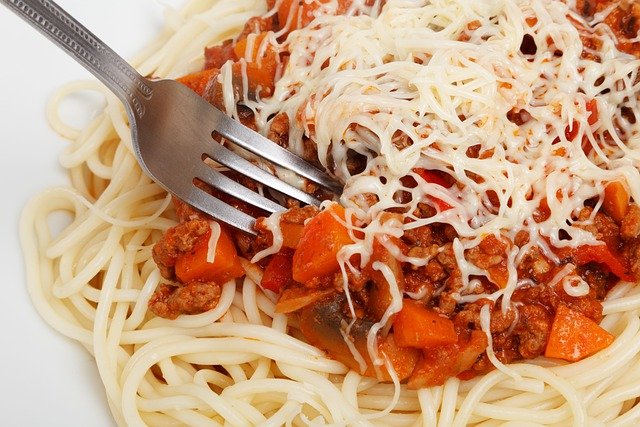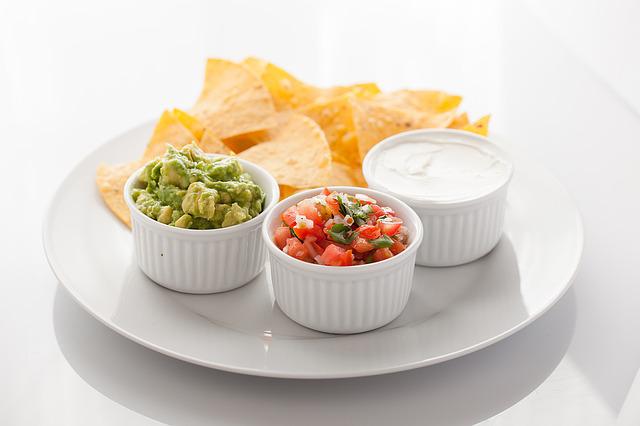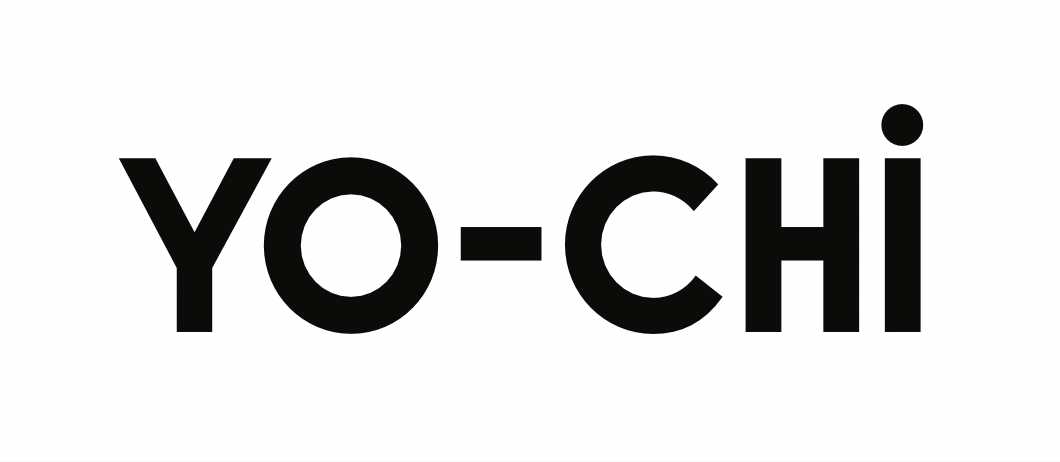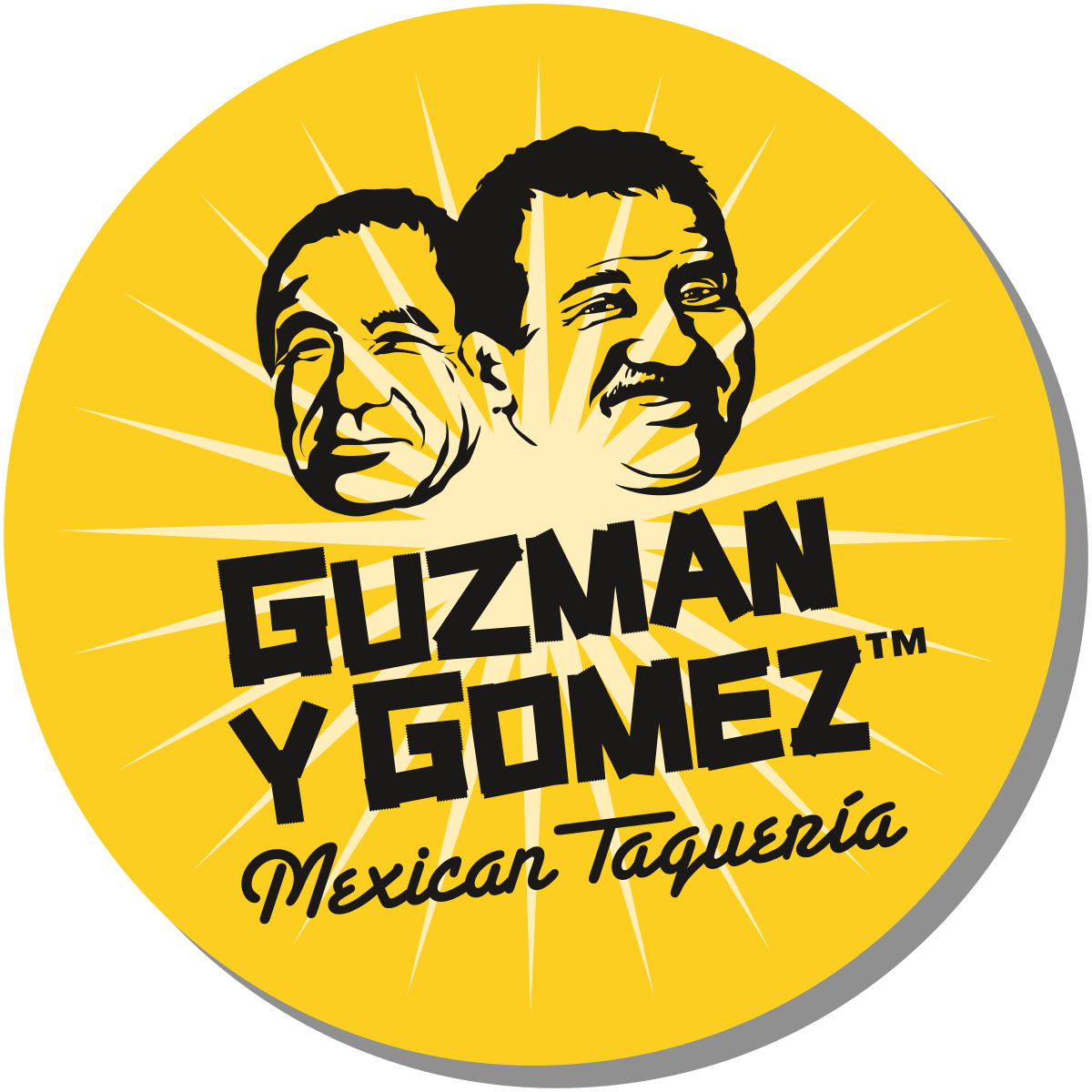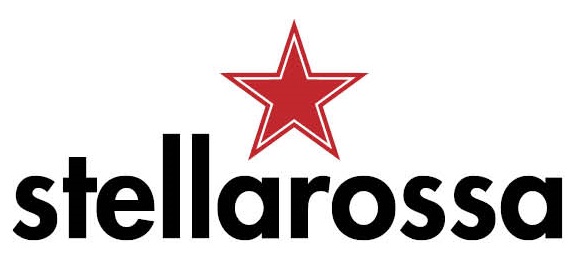Nutrition – Eat Smart for Netball
Information regarding eating well for the netball player whether you are young, older, elite or a social player. We will cover areas from training nutrition, competition nutrition, fluids and recovery to guidelines for more specific areas such as travelling, tournament eating and the latest information regarding supplements.
We will start with some information on meeting your energy requirements for training and competing on a weekly basis.
Energy
To your body, food is fuel. Food provides your body with energy for training sessions and competition as well as daily activity. Without adequate energy intake, you may not perform at your best. The amount of energy required is very individual and depends on your age, stage of growth, body type, metabolism and level of training. Your energy intake should help you:
- Consume adequate kilojoules for training and competition
- Reach and maintain your ideal range of weight and body composition
- Build and maintain lean body mass
- Ensure a healthy immune system
Carbohydrate, fat and protein all provide the body with energy. Netball players require a carbohydrate rich eating plan, with low to moderate amounts of healthy fats and a balanced amount of protein to suit their needs.
On hard training days you should try to spread your food intake over 5-6 small meals per day (i.e. eating every 2-3 hours). A light or liquid meal or snack should be planned for before training sessions and a recovery drink or snack for afterwards.
The optimal food and fluid intake can contribute to your fitness, strength, power, speed, ability to recover, your immunity to illness and general health. All of these factors are important to your netball performance.
Carbohydrate
Carbohydrates are the most important energy source for exercise and recovery for netball. They are stored in your muscles and liver as glycogen with a small amount in the form of glucose in your bloodstream. Lack of carbohydrate in your diet may lead to early fatigue, loss of concentration, poor recovery, and perhaps headaches and nausea. Nutritious carbohydrates also supply many essential vitamins and minerals, as well as fibre.
Carbohydrate is particularly important for netball players as the predominant energy system used during training and competition relies on carbohydrates for energy.
Netball players may benefit from eating different types of carbohydrates at different times. It is a good idea to include long lasting carbohydrates (such as pasta, wholegrain breads, cereals and noodles) at the meal eaten 2-3 hours before exercise. After training or game it is important to take in quick acting carbohydrates for recovery (such as sports drinks, glucose lollies, fruits such as melons and bananas or white bread). The best time for glycogen replacement is in the first 10-30 minutes after exercise. Carbohydrate intake during long hard training sessions also helps delay fatigue. This intake may be in the form of drinks or snacks containing easily digested carbohydrate.
In general, added sugars and more refined carbohydrate choices are useful when you have high-energy requirements, as portable snacks and for recovery. They should be used sensibly, as they often do not provide the same nutrient content of other carbohydrate choices. It is still important to include some higher fibre carbohydrates in the training diet, in order to ensure health of the gastro-intestinal system i.e. keep you “regular”.
Examples of carbohydrate-rich foods and drinks
- Breads of all types, breakfast cereals, muffins, pikelets and pancakes, scones, crumpets, crispbreads, crackers, healthy cakes and buns.
- Rice, pasta of all types, noodles, couscous and other grains
- Popcorn, rice cakes, pretzels
- Fruit- fresh, canned, stewed, dried, juice, fruit bars
- Muesli and breakfast bars, sports bars
- Sugar, sweet spreads (e.g. jam, honey)
- Vegetables – potatoes and sweet potatoes, corn
- Pulses and legumes e.g. baked beans, lentils
- Sports drinks, cordials, soft drinks, carbohydrate gels
- Milk and yoghurt
- Some meal supplement powders e.g. Sustagen
Hints for high carbohydrate eating:
- Enjoy nutritious carbohydrate-rich foods as the first priority at meals and snacks
- Let these foods make up at least than half the serve of all meals and snacks
- Make good use of quick-acting sugars and carbohydrates during recovery and as a compact energy source
- Plan nutritious carbohydrate-rich snacks for between meals – particularly when energy needs are high
- Sports drinks and liquid meal supplements can be useful, especially during and after exercise
Protein
Protein is required for growth, maintenance and repair of all body tissues. It is not a significant source of energy for exercise – except when your carbohydrate (glycogen) stores are depleted. Athletes require a slightly larger protein intake than the average person (especially if you are still growing), however, this will mostly be covered by your increased energy intake for training.
Fat
Small amounts of dietary fat provide essential fatty acids and fat-soluble vitamins. Fats also provide energy, particularly in endurance sports. It is important that all athletes eat small amounts of fat everyday.
Good sources of fats in your diet are called monounsaturated and polyunsaturated fats. These fats are found in foods such as avocado, nuts, margarine, olive and canola oils and fish. Ensure to include some of these ‘healthy’ fats in your diet.
There is no doubt that eating too much fat increases that risk of becoming overweight. Dietary fat supplies twice the kilojoules as the same amount of carbohydrate and protein. Keeping to a healthy intake of fats in your diet is an easy way to reduce energy intake and promote a healthy level of body fat.
Sources of Fat
- Butter, margarine, oil, cream, sour cream, mayonnaise, nut butters, avocado.
- Fatty meats and poultry (including poultry skin)
- Many take-away foods e.g. pizza, fries
- Pastries, many cakes and biscuits, chocolate, many desserts
- Potato crisps and corn chips, savoury snack foods, roasted nuts
- Rich sauces and gravies
- Full cream dairy products
Tips for following a reduced fat diet (especially if watching body fat}
- Choose lean trimmed meats and skinless poultry, fish and seafood
- Choose reduced fat dairy products, particularly cheese
- Avoid adding excess butter or margarine – substitute avocado or mayonnaise for butter
- Use good oils and lower fat cooking methods
- Limit addition of cream, sour cream, high fat dressings and rich sauces
- Limit high fat snack foods and “take-away” meals – use occasionally
- Read labels for fat content – especially snack foods
Training Day Meal Ideas
Breakfast
- Juice and/or fruit
- Breakfast cereal – hot or cold with milk or yoghurt
- Toast / fruit toast / English muffins / crumpets / hotcakes with spreads such as vegemite / jam / honey / peanut butter
- If you have time, or for something more filling add egg, baked beans, tinned spaghetti, grilled cheese and tomato, lean ham or trimmed bacon
- Milk / ‘smoothie’ / meal supplement drink e.g. Sustagen
- Sustagen or ‘Up and Go” type popper, a banana or other fruit and a sandwich or muesli/cereal bar
Lunch
- Sandwiches / rolls / pita / lavash breads or crispbreads / cracker biscuits with these topping suggestions – lean cold meat e.g. ham / roast meat, chicken, turkey, salmon or tuna, cheese, egg, nut paste +/- some salad items (could be taken separately if carrying to school)perhaps just banana and peanut butter for a change or hommus
- Pasta / rice / noodles – either as a hot or cold (e.g. leftovers) or as a salad
- Soup and sandwiches
- Healthy pizzas
- Healthy burger or kebab with lean meat patty/steak/chicken and salad
- Sushi
- Plus fruit/yogurt or other snacks – see the list
- Something to drink e.g. juice, milk, water
Dinner
(these are just a few suggestions)
- Include some protein e.g. meat, poultry, fish, seafood, egg
- Include a source of carbohydrate to replace stores used during the day’s sport and activity – in the form of potato, corn, pasta, rice, noodles, couscous, tortillas (tacos or burritos), bread
- Add a selection of colourful vegetables or salad. Examples: Grilled, barbecued or lightly pan-fried meat, skinless chicken or fish with vegetables / salad
- Pasta with a tomato-based or low fat sauce containing some lean meat, poultry, fish, seafood or some grated cheese and a side salad e.g. spaghetti bolognaise, tortellini with a chicken and tomato sauce
- Stirfry – include something for protein, vegetables and rice or noodles e.g. chicken or beef with vegetables and cashew nuts with jasmine rice or Hokkein noodles
- Mexican e.g. beef and kidney bean burritos with salsa and a side salad
- Curry or casserole e.g. mild lamb curry, apricot chicken, tuna casserole
- Roast on a rack or in the covered BBQ with a mix of oven baked and steamed vegetables or salad
- Fruit and icecream / yoghurt / frozen yoghurt
- Vitari or sorbet
- Fruit crumble
- Creamed rice
- Pancakes with fruit and icecream
Nutritionist
Australian Netball Diamonds
Eat Right!
Thanks to pixabay.com for the free images.

